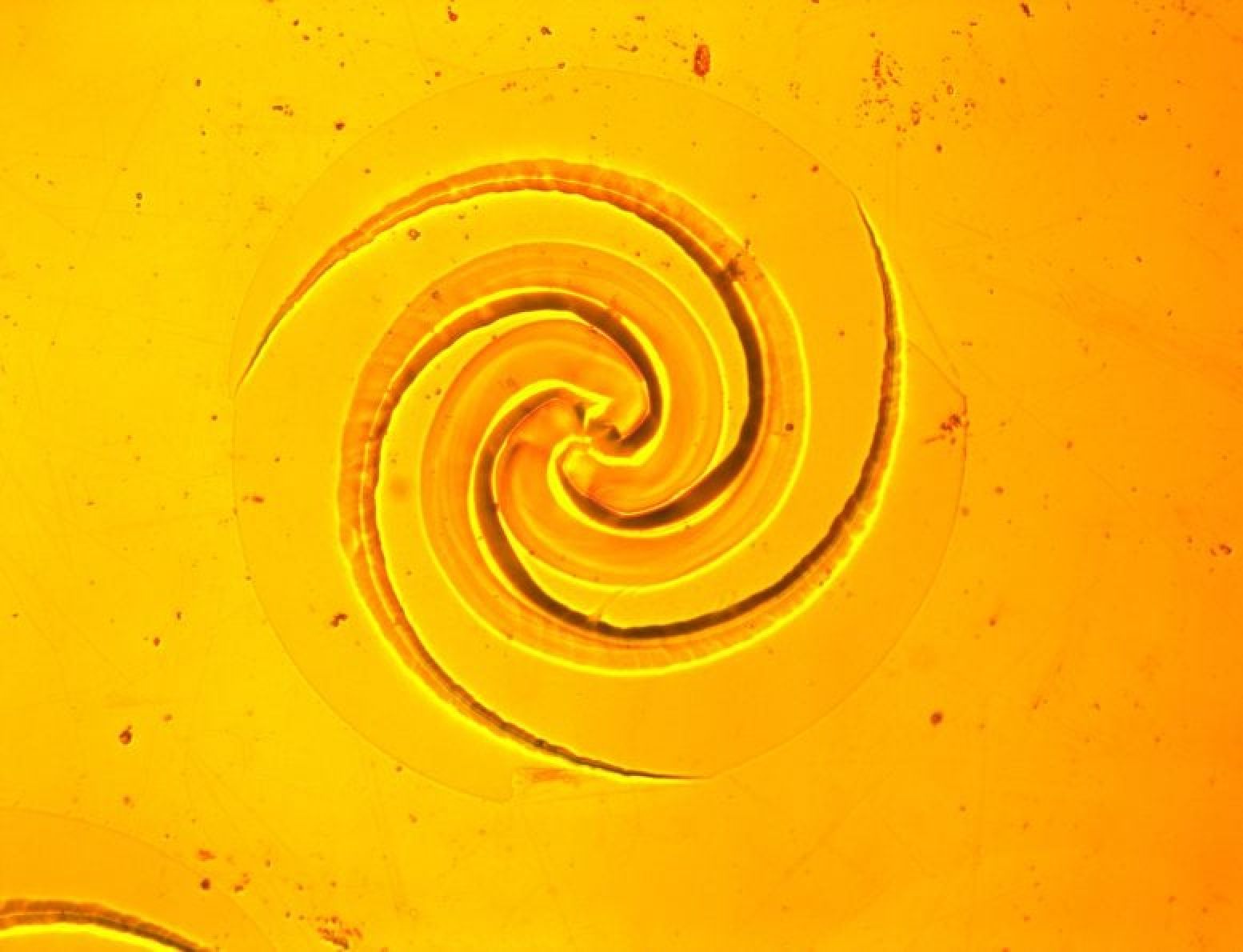"Galaxies" emerge on metal: where do they come from? 🌀
Follow us on Google News (click on ☆)
Yilin Wong from the University of California, Los Angeles, accidentally left a germanium sample coated with metal films in contact with water. The next day, spiral patterns were visible under the microscope. This serendipitous observation opened the door to an in-depth study of these phenomena.

A spiral 500 μm (0.02 inches) in diameter.
Credit: Yilin Wong
This discovery, published in Physical Review Materials, is the most significant breakthrough in the study of chemical patterns since the 1950s. Researchers varied parameters like metal film thickness to produce different patterns.
The process involves a layer of chromium and gold on a germanium wafer, exposed to an etching solution. The chemical reaction, catalyzed by the metal film, creates patterns on the surface. Mechanical stresses in the metal film play a key role in forming these patterns, revealing a unique interaction between chemistry and physics.
This discovery has implications for understanding natural processes, such as crack formation or biological growth. The observed patterns resemble those produced by biological systems, where enzymes catalyze growth that deforms tissues. This system provides a model for studying these interactions in the lab.
The study of chemical patterns began in the 1950s with the work of Boris Belousov and Alan Turing. Wong and Zocchi's system represents a major advance, offering a new framework to explore these phenomena. Their work could inspire new research in physics and biology.
How do mechanical stresses influence chemical patterns?
Mechanical stresses in metal films can deform the surface, creating specific patterns during chemical reactions. These deformations act as templates for the patterns that form.
Pre-existing tension or compression in the metal determines the shape of the patterns. This shows how physics and chemistry interact to create structures. This phenomenon is similar to how biological tissues grow under the influence of enzymes.